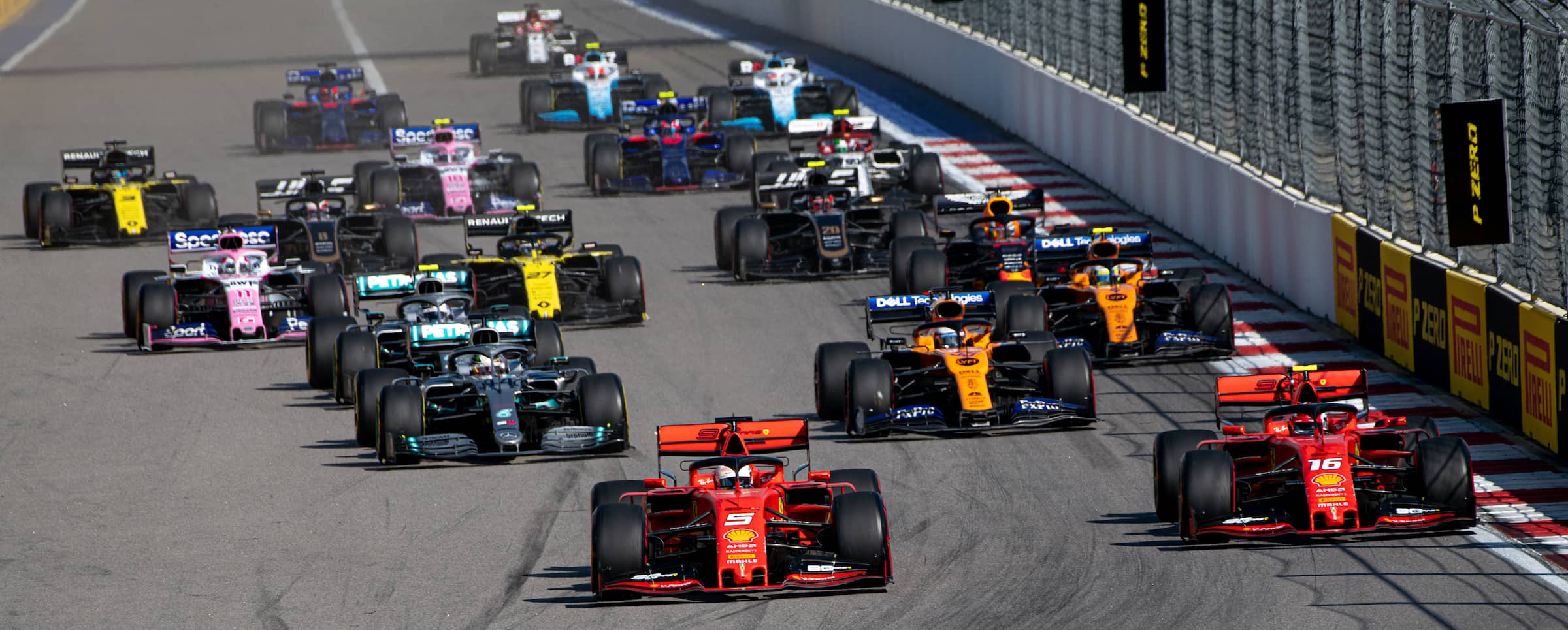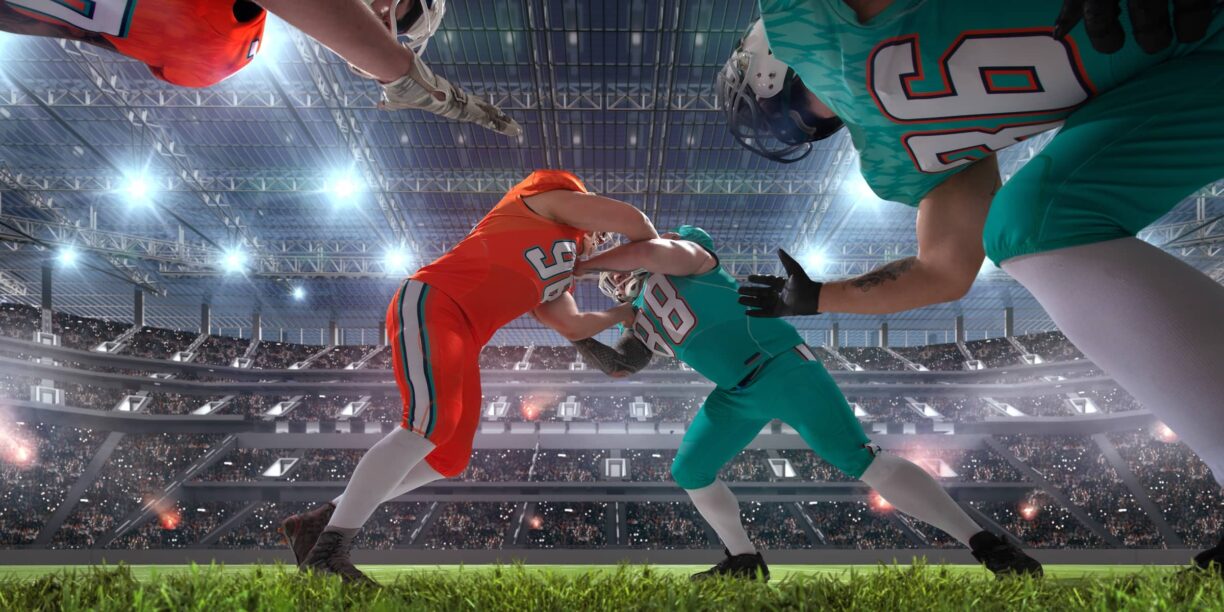Formula 1 is a sport that seems to transcend the word ‘sport’. Its marriage of cutting-edge technology and engineering with peak athletic condition and a hint of inter-team drama makes each season an absolute must-watch whether you are a complete enthusiast or someone entirely new to the sport.
There are so many moving parts to the world of F1, from the intricacies of engine design and aerodynamics to the instincts of the drivers themselves.
The driver takes much of the TV and radio airtime, but the art can often be found in the various systems that work to keep those cars on the road. One undeniably important system in this regard is the tyres they use.
How Do F1 Tyres Work?
F1 tyres are specially formulated and uniquely designed tyres, that have undergone numerous design changes as the designs of the cars themselves have changed over time.
F1 tyres are wide, and usually ‘slick’, meaning they have little in the way of the tread. Where tread is of vital importance for standard tyres, F1 tyres do not rely on the tread for resistance.
F1 tyres are designed to last less than the cumulative distance of a single F1 race, with multiple tyre changes undertaken over the course of a race to meet changing conditions and driving tactics. Tyres are colour-coded according to ‘hardness’, with different tyre compounds lending themselves to different conditions.
How Do They Compare to Regular Car Tyres?
Of course, while F1 tyres share a lot in common with other basic designs of tyres, there are some fundamental differences that distinguish them from normal tyres.
For one, the rubber is often much softer and suppler, with the heat generated from road resistance giving them much more traction in use. Normal car tyres are much harder and more hard-wearing, lasting far longer than F1 tyres on account of their less intensive usage and higher resistance to wear.
However, it is true that many regular car tyres get a second life after becoming too worn for road use; garages will commonly sell part-worn tyres for track day purposes, where drivers use them for better grip performance on the track – much in the same way that F1 tyres are designed, and with the added benefit of being lighter than fully-treaded tyres.
F1 Tyres in Action
Decisions over tyres and tyre changes are vital to the outcome of F1 races, and in a much more crucial way than many casual viewers might realise.
This was realised relatively recently through the performance of Lewis Hamilton during a leg of the Turkish Grand Prix in 2021.
His intermediate tyres had worn significantly over the course of 40 laps, and his team called him in for a tyre change – a change he resisted for ten laps, drawing the ire of tyre manufacturer Pirelli.





